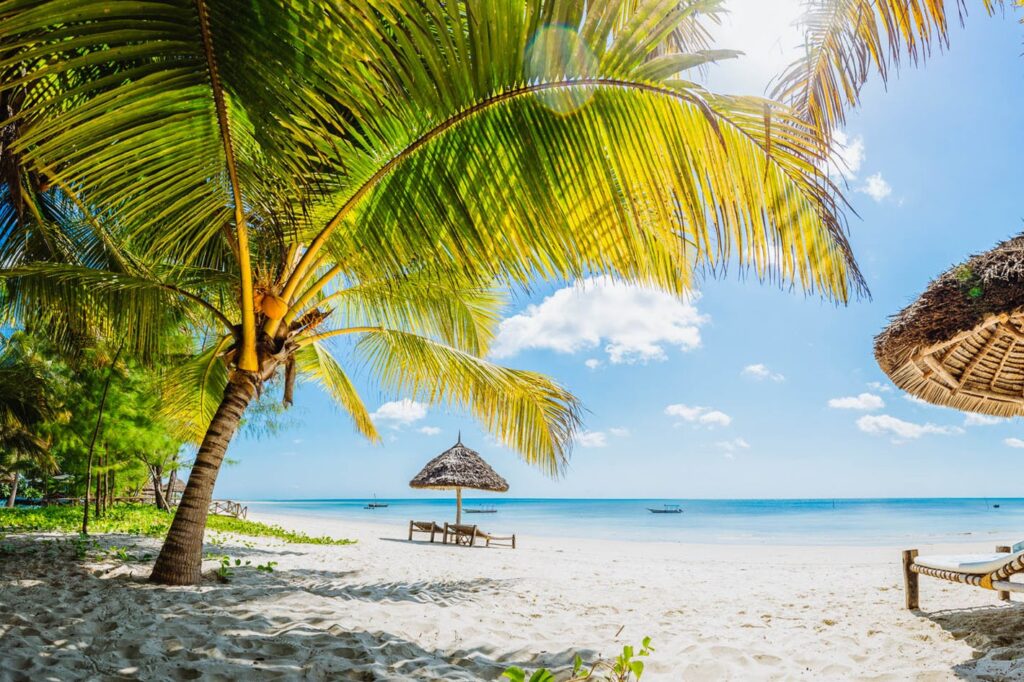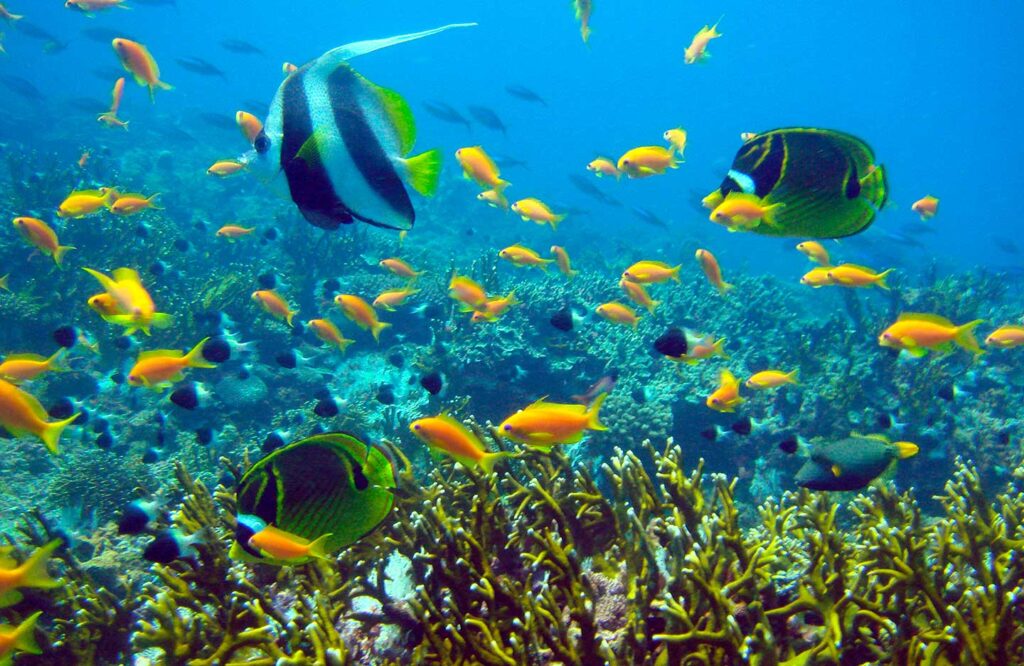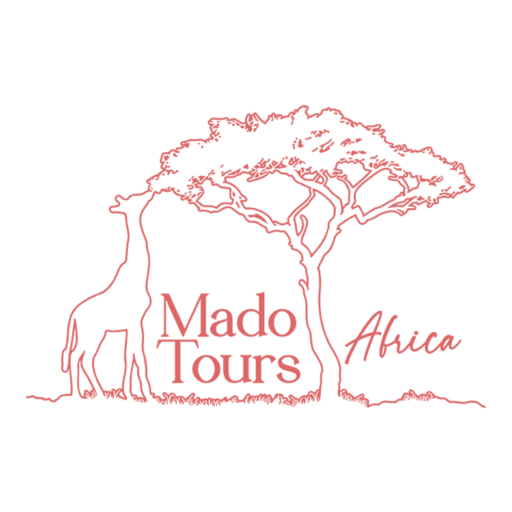Mafia Island, (394 km2 (152 sq mi)), lies off the east coast of Tanzania opposite the delta of the Rufiji River.The 20 kilometres (12 mi) wide stretch of water between the delta and the island is called the Mafia Channel. Mafia Island is part of a small archipelago with several much smaller islands, some of which are inhabited. The main town on Mafia is Kilindoni on the west coast.On the east coast is Chole Bay, Mafia's protected deep-water anchorage and original harbour. The bay is studded with islets, sandbanks and beaches, and is protected from the east by reefs and Juani Island.The northernmost point on the island is a coral cliff rising approximately 4.5 metres (15 ft) above the sea called Ras Mkumbi.

Mafia Island has a tropical climate. This climate is classified as “Aw” by the Köppen-Geiger system. The average temperature in town of Kilindoni is 26.7 °C (80.1 °F). The average annual rainfall is 1,705 mm. The monthly average temperatures are usually between 24.8–28.3 °C (76.6–82.9 °F). There is one major rain season, with most rainfall coming between March and May. Dry season spans between July to October.
Mafia Island, and the associated archipelago were formed by rifting and uplift of part of the continental shelf during the Pleistocene.
The main ecosystems on the island are mangrove swamps, coastal forests, scrublands, and grasslands


A 115,000 ha area, encompassing Chole Bay, the southern coastline of Mafia and its associated smaller islands, along with the intervening marine waters, has been designated an Important Bird Area (IBA) by BirdLife International because it supports populations of western reef egrets, Terek sandpipers and crab plovers.
Mafia Island is also a home to fruitbats (flying foxes) of the genus Pteropus
The island’s Mafia Airport can be reached from Dar es Salaam by flights operated by Auric Air and Coastal Aviation.
Boats depart depending on the presence of the boat from the village of Nyamisati on the mainland to Kilindoni on Mafia island. The journey takes approximately 4.5 hours.

The island’s population is over 40,000. The economy is based on fishing, subsistence agriculture and the market in Kilindoni. The island attracts some tourists, mainly scuba divers, birdwatchers, game fishermen, and people wanting relaxation.
